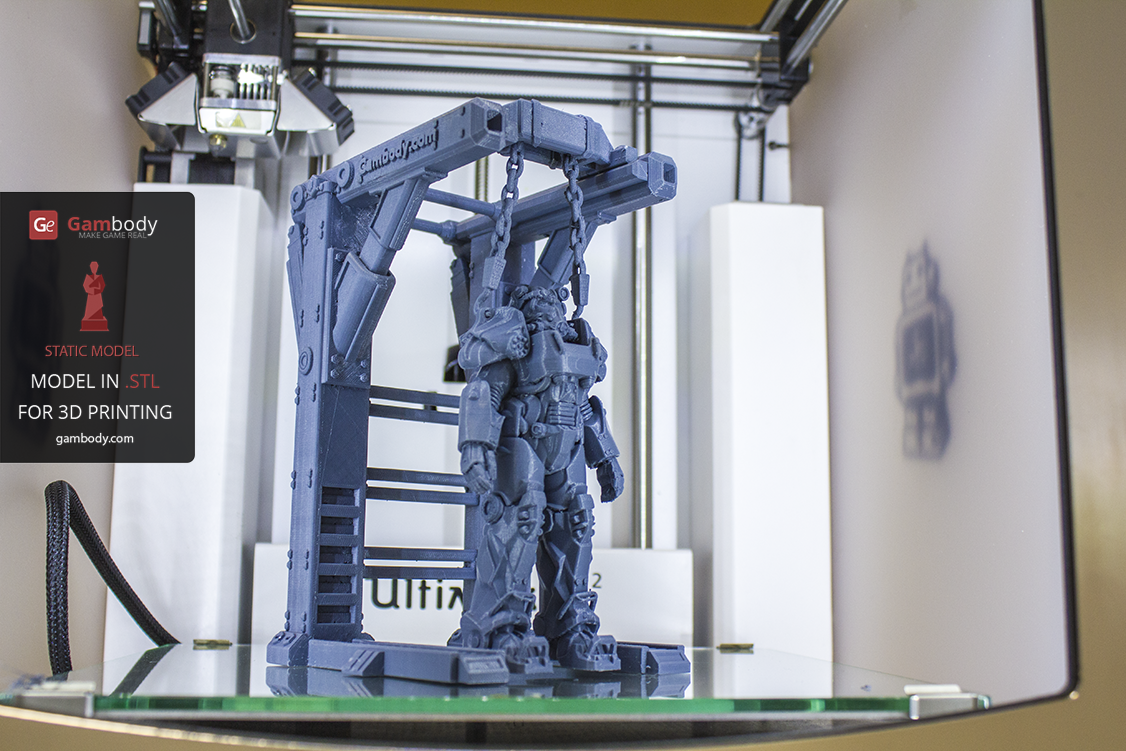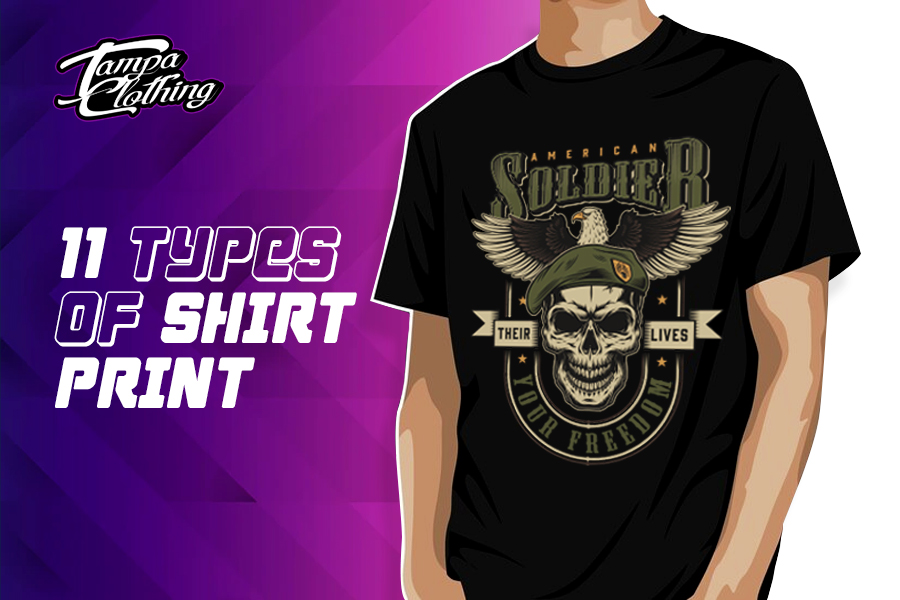
Are you a diy enthusiast looking to take your craft to the next level? if so, mastering the art of sublimation printing may be just what you need. Sublimation printing is a technique that allows you to transfer vibrant and high-quality designs onto various materials, such as fabrics, ceramics, and metals.
 In this article, we will provide you with a comprehensive guide on how to excel in sublimation printing, offering tips and tricks that will help you achieve professional-looking results. Whether you are a beginner or have some experience in sublimation printing, this article will equip you with the knowledge and skills you need to create stunning and personalised creations.
In this article, we will provide you with a comprehensive guide on how to excel in sublimation printing, offering tips and tricks that will help you achieve professional-looking results. Whether you are a beginner or have some experience in sublimation printing, this article will equip you with the knowledge and skills you need to create stunning and personalised creations.
Explore our comprehensive guide to large-format printing tips, designed for both newcomers and seasoned professionals in the printing industry. Whether you are an individual seeking large-format prints for personal projects or a business outsourcing printing tasks to third-party services, this blog is tailored to your needs. We recognize the challenges and intricacies involved in producing high-quality, large-scale prints. Therefore, we have collaborated with experienced printing experts to compile a wealth of invaluable tips and tricks. We aim to empower you with the knowledge and insights necessary to achieve exceptional results in your printing endeavors. Dive in and unlock the secrets to mastering the art of large-format printing!.
Whether you’re a professional artist, an experienced entrepreneur, or a beginner in both, our graphic design tips will help you to create your first design. As ecommerce continues to grow and the number of digital buyers rises, print-on-demand (pod) offers a life-changing opportunity to anyone willing to seize it. If you’re wondering how to succeed in the pod industry with no design skills, this article is for you. If you already have a design and just want to learn how to create your first product in our mockup generator, our brief tutorial explains precisely that. In less than four minutes, you’ll learn how to upload, edit, make variations of your design, and much more.
If you’re new to print design, welcome to the messy (and exciting!) world of working with paper. It’s rough but you’re gonna love it. Here are some tips to make that easy:.
What do print designers need to know?
The strategies designers use for digital web design and graphic design for print are not cut from the same cloth. While comparisons can be made, there are also vast differences as well. Most of these comparisons stem from the viewing method and appearance of the graphic. The differences between digital design and print design become clearer when we look more closely at the two categories they share.

Each different print project you work on will use different skills. Different companies, industries and projects require different sets of knowledge. Many designers who work in the field of print have an education in graphic design and knowledge of programs such as photoshop or illustrator. In addition, designers need to have an excellent portfolio in order to work in print. This is true for both freelancers and in-house designers.
My first job out of college was actually as the lead designer at a high-quality print and design firm here in arkansas (shout out to moxy ox ! - who by the way ships nationwide. They're the only print shop i use, so go check them out!). While working there, i learned a lot about print design that i didn’t even realize mattered or existed. Print design is a totally different world from web design. I've found that even a lot of graphic designers don’t understand the printing process or how to properly set up their files for print.
Image source: behance/solopress. Com thermographic printing is a cheaper printing technique in comparison to engraving, embossing, and debossing. Designers widely employ it for bestowing prestige to printed pieces. The process is as follows: you mix a special powder with the ink which you want to use on your paper. After that, you heat it, and it produces raised printing after drying. As usual, this printing technique is used for designing business cards and other business stationery. Some people also prefer it for their report covers, greeting cards, wedding invitations, and other printed pieces. If you want to acquire a unique printed item, you can employ various colors of powder.
What does a designer consider while working in print?
A low-resolution file type is best for online formats. If you're on pinterest or some other social media, a low-resolution file is usually okay. Low resolution is considered to be generally 72 dpi. So one thing to note if you have a great picture on instagram, and you want to get it printed, it may not have a high enough resolution to get a high-quality image in a larger format. So check your file size and dots per inch. They need to be 300 to get a good print. So if you're working with a graphic designer, make sure you tell them your image needs to be high resolution for printing.
Businesses are all about finding value from the solutions they choose, so you may be asking if print design is a worthy investment. The simple answer is yes… understanding the basics of print design and working with a professional to bring your ideas into reality is an ideal way to take your marketing to the next level. As more consumers embrace print marketing once more, having professional printed material is essential. By collaborating with us, you can get the print design you want without compromising on your vision. Remember, even when commissioning a designer, you should maximise the value and follow these fundamental guidelines:.
As a digital graphics designer, you’re probably used to working with adobe illustrator or photoshop. But print-based designs are mostly created on indesign. It’s a popular tool among print designers for its wider range of custom-made features. Of all the adobe cloud software, indesign is specifically made to create layouts for print materials such as brochures, magazines, flyers, business cards, and more. It offers extensive typography and layout tools that you can use to create fresh designs, impressive layouts, and wow-worthy finished products.
A good set of graphic design tips always comes in handy when you are a beginner graphic designer, or even a non-designers on the journey to teach yourself some practical graphic design skills. In this article, we share 15 of the most practical graphic design tips for beginners and non-designers. Let’s get started.
Last updated on november 22nd, 2023 at 12:33 pm the world of graphic design can seem overwhelming in the beginning with the sheer volume of techniques and software available at your fingertips. Seemingly fun projects of designing invitations or flyers can quickly turn into a dreaded task you just can’t seem to cross off of your to do list. Fortunately, there are numerous tips and tricks out there to help even the most inexperienced of graphic designers to ace their next project. We’ve gathered up the top 8 graphic design tips for beginners so you don’t have to!.
Beginner and advanced designers alike often overlook the proper use of negative space. What is negative space, or white space? it‘s the space in your design that’s not occupied by any visual or written element. A design piece that doesn't incorporate enough negative space is like a sentence with no spaces: itisdifficulttocomprehend.